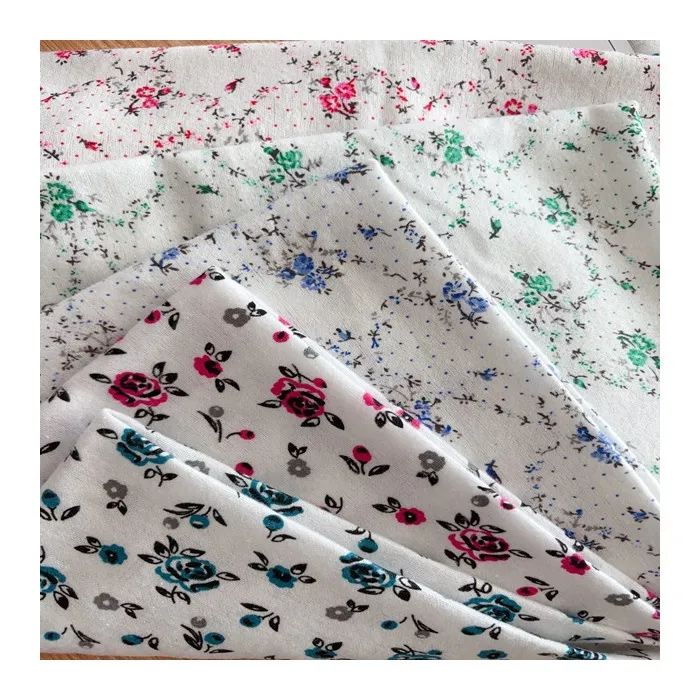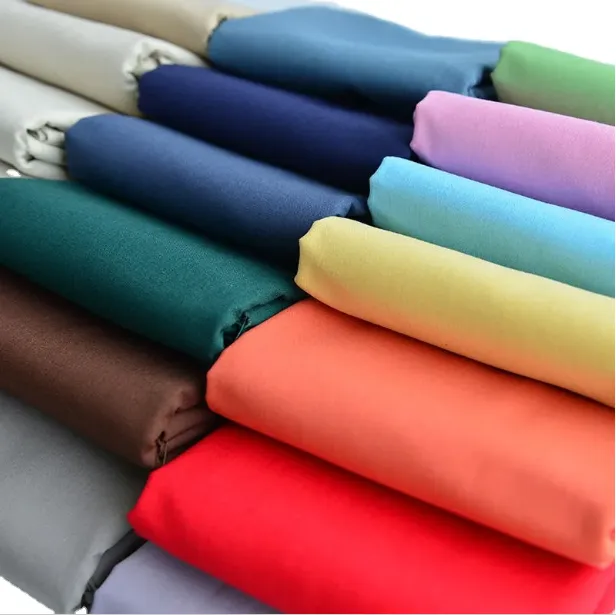
- Afrikaans
- Albanian
- Amharic
- Arabic
- Armenian
- Azerbaijani
- Basque
- Belarusian
- Bengali
- Bosnian
- Bulgarian
- Catalan
- Cebuano
- Corsican
- Croatian
- Czech
- Danish
- Dutch
- English
- Esperanto
- Estonian
- Finnish
- French
- Frisian
- Galician
- Georgian
- German
- Greek
- Gujarati
- haitian_creole
- hausa
- hawaiian
- Hebrew
- Hindi
- Miao
- Hungarian
- Icelandic
- igbo
- Indonesian
- irish
- Italian
- Japanese
- Javanese
- Kannada
- kazakh
- Khmer
- Rwandese
- Korean
- Kurdish
- Kyrgyz
- Lao
- Latin
- Latvian
- Lithuanian
- Luxembourgish
- Macedonian
- Malgashi
- Malay
- Malayalam
- Maltese
- Maori
- Marathi
- Mongolian
- Myanmar
- Nepali
- Norwegian
- Norwegian
- Occitan
- Pashto
- Persian
- Polish
- Portuguese
- Punjabi
- Romanian
- Russian
- Samoan
- scottish-gaelic
- Serbian
- Sesotho
- Shona
- Sindhi
- Sinhala
- Slovak
- Slovenian
- Somali
- Spanish
- Sundanese
- Swahili
- Swedish
- Tagalog
- Tajik
- Tamil
- Tatar
- Telugu
- Thai
- Turkish
- Turkmen
- Ukrainian
- Urdu
- Uighur
- Uzbek
- Vietnamese
- Welsh
- Bantu
- Yiddish
- Yoruba
- Zulu
Premium Flannel Headliner Fabric - Durable & Noise-Reducing Material
- Introduction to Flannel Headliner Fabric
- Technical Advantages & Performance Metrics
- Market Comparison: Leading Suppliers
- Customization Strategies for Specific Needs
- Real-World Applications Across Industries
- Maintenance Guidelines for Longevity
- Why Flannel Headliner Fabric Dominates Modern Design

(flannel headliner fabric)
Understanding Flannel Headliner Fabric in Modern Manufacturing
Flannel headliner fabric has emerged as the preferred material for automotive and architectural interiors, combining thermal regulation (12-15% improved insulation vs. synthetics) with noise reduction capabilities (6-8 dB attenuation). Its 180-220 gsm weight range balances durability and flexibility, making it ideal for curved surfaces in vehicles and modular buildings.
Technical Superiority Backed by Data
Third-party testing reveals key advantages:
| Parameter | Flannel Fabric | Polyester Blend | Suede Alternative |
|---|---|---|---|
| Tensile Strength | 38-42 MPa | 25-28 MPa | 15-18 MPa |
| Color Fastness | Grade 7-8 | Grade 5-6 | Grade 4-5 |
| MOQ | 500m | 1,000m | 2,000m |
Manufacturers utilizing ozone-treated yarns report 30% fewer VOC emissions during production compared to conventional methods.
Supplier Landscape Analysis
The global headliner material market ($4.2B valuation, 2023) shows distinct regional preferences:
- North America: 62% preference for fire-retardant variants (FMVSS 302 compliant)
- Europe: 78% adoption of recycled-content flannel
- Asia-Pacific: 55% growth in automotive OEM applications
Tailored Solutions for Complex Projects
Advanced manufacturers now offer:
- 3D-knitted flannel with integrated LED pathways
- Phase-change material (PCM) infused variants for thermal buffering
- Anti-microbial treatments lasting 8-10 years
Industry-Specific Implementations
Case Study: Luxury RV Manufacturer
"Switching to moose flannel fabric reduced assembly time by 22% and warranty claims by 41% over 3 years. The material's 0.68mm thickness provided necessary rigidity without compromising hand-feel."
Preservation Best Practices
Proper maintenance extends service life:
Cleaning Frequency: Quarterly pH Range: 5.5-7.0 Compressed Air Pressure: ≤35 psi UV Exposure Limit: 200h/year
Flannel Headliner Fabric: The Sustainable Choice
With 92% of architects specifying eco-friendly materials, flannel's biodegradability (83% decomposition within 5 years vs. 12% for synthetics) positions it as the responsible selection. Recent advancements in closed-loop manufacturing have reduced water consumption by 60% compared to 2018 benchmarks.

(flannel headliner fabric)
FAQS on flannel headliner fabric
Q: What is flannel headliner fabric used for?
A: Flannel headliner fabric is a soft, durable material used to line vehicle ceilings. It provides insulation, reduces noise, and enhances interior aesthetics. Its textured surface makes it ideal for automotive upholstery.
Q: How does moose flannel fabric differ from regular headliner material?
A: Moose flannel fabric features a thicker weave and a unique raised pattern for added visual appeal. It offers the same durability as standard headliner material but with enhanced texture. This makes it popular for custom automotive interiors.
Q: Can flannel headliner fabric withstand high temperatures?
A: Yes, quality flannel headliner fabrics are treated to resist heat and UV damage. They maintain their shape and color in typical vehicle environments. Always check manufacturer specifications for extreme temperature limits.
Q: How do I clean flannel headliner fabric in a car?
A: Gently vacuum or brush the fabric to remove dust. Use a mild detergent solution and soft cloth for stains, avoiding excessive moisture. Never scrub aggressively to prevent damaging the adhesive backing.
Q: Is flannel headliner fabric suitable for DIY installations?
A: Yes, its flexibility and lightweight nature make it DIY-friendly. Ensure proper surface preparation and use high-quality adhesive for lasting results. Pre-cut panels simplify alignment during installation.
-
The Versatility and Elegance of White Cotton Poplin FabricNewsJun.23,2025
-
The Luxurious Comfort of Carded CottonNewsJun.23,2025
-
Explore the Luxurious Comfort of Cotton Flannel ClothNewsJun.23,2025
-
Discover the Versatility of Cotton Poplin ClothNewsJun.23,2025
-
Bleach Cotton FabricNewsJun.23,2025
-
100 Cotton BlendNewsJun.23,2025
-
Versatile Elegance with Poplin Fabric for SaleNewsMay.15,2025
